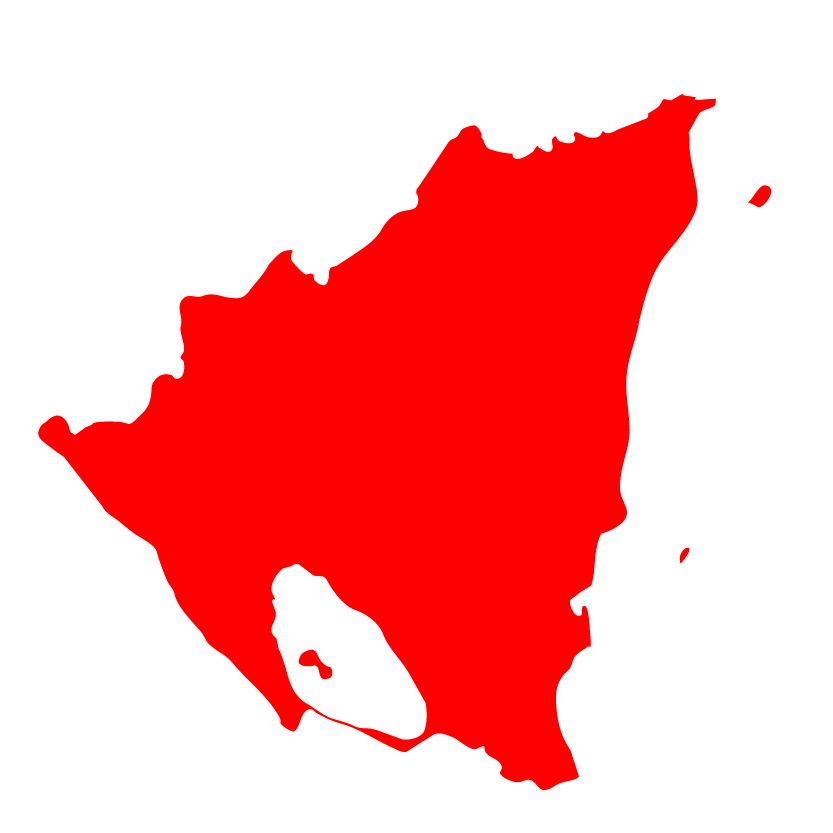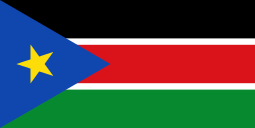On the morning of Tuesday 4th September 2018, the high density suburbs of Harare in Zimbabwe, were hit by a cholera outbreak. The Government of Zimbabwe has since declared the epidemic a state of emergency after cholera and typhoid spread fast killing 28 people in 2 weeks and infecting over 7,000.
Harare high-density suburbs have poor water access, poorly maintained drains and lack a proper sewage disposal. The situation is compounded by the fact that there is uncollected garbage and unsafe hygiene practices which continue to spread the disease. Zimbabwe’s Cholera epidemic has resulted in increased morbidity and mortality as its central and local government are short of funds to procure medication.
World Health Organization has also reported that the strain has proven to be resistant to the first line of antibiotics, further compounding the problem.
As a measure to access clean water, residents have dug shallow water wells and boreholes that unfortunately seem to also contain cholera.
As a result of the epidemic, there has been migration of people to the province of Manicaland and Masvingo where cholera cases are now being reported. To curb the spread, Zimbabwe government has set aside treatment centres as they seek to quarantine infected persons.
In 2008, Cholera occurred in Zimbabwe killing more than 4,000 people as reaction to curb the epidemic was slow.
The most urgent humanitarian needs are access to safe water, basic health services and properly maintained drains and sewage disposal.
The World Health Organisation, UNICEF and Oxfam are responding by providing basic health services and medication.
In collaboration with relevant stakeholders, Zimbabwe ACT forum has identified access to safe water as a gap. In addition, they intend to provide hand sanitisers, conduct water purification, plan to mobilize affected communities to clear garbage while providing information on preventing and managing cholera.
The Methodist Development and Relief Agency (MEDRA) have submitted a Rapid Respond Fund (RRF) proposal. MEDRA will lead the response with support from Zimbabwe Council of Churches (ZCC) and Lutheran Development Service (LDS) who will assist in mobilizing communities and distribute education materials and non-food items. The two organizations (ZCC & LDS) will use their local community structures to reach intended beneficiaries.
The requesting member, MeDRA has been involved in health and hygiene intervention for more than 8 years. It works with more than 24 community health clubs in 2 districts on personal and environmental hygiene and water/food handling. During the epidemic in 2008, MeDRA partnered with the local city council and responded by distributing non-food items and conducting clean up campaigns.
MeDRA will be supported to identify the most affected by Zimbabwe ACT members present in affected communities.
ACT Zimbabwe Forum will be kept informed of the project during Forum meetings by Zimbabwe ACT Forum Coordinator. The project will run for 3 months (September-December 2018) in the sectors of education, WASH and Protection/Psycho social support.
At least 70,000 beneficiaries will be targeted including school children (from 30 schools) and affected households (350) located within affected suburbs in Harare including Glen View, Budiriro, Mufakose, Gweru (Mkoba) and Masvingo (Mucheke).
Zimbabwe_Cholera emergency







